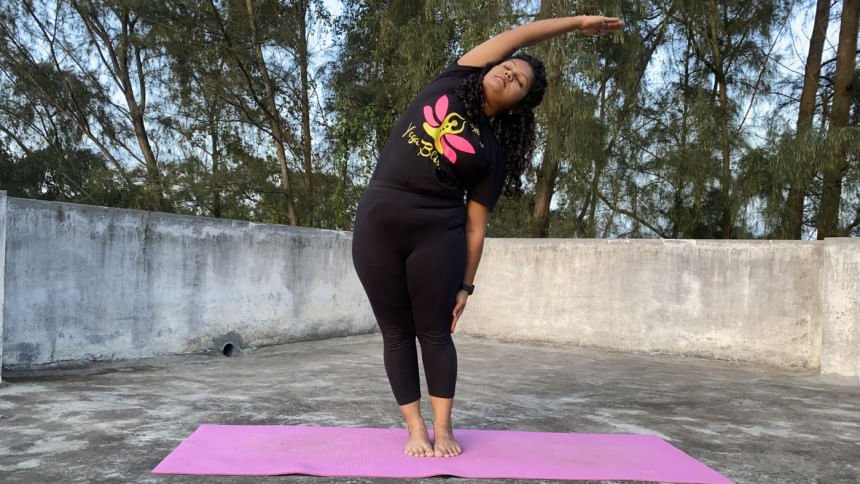During the second trimester of pregnancy, many women experience a decrease in morning sickness, an increase in energy levels, and a visible pregnancy glow. This period is an ideal time to establish a consistent yoga routine. Expectant mothers who have prior yoga experience can continue with gentle movements, while newcomers can benefit from joining prenatal yoga classes for safe guidance. These classes not only help strengthen and comfort the body but also foster a sense of community among participants.
Engaging with other pregnant women in yoga classes allows for the sharing of experiences, alleviation of concerns, and the development of emotional support, which is as crucial as the physical advantages of yoga.
Before commencing a yoga session, it is essential to begin with gentle joint and body movements like shoulder rolls, neck stretches, and ankle rotations to warm up the muscles and prepare the body for yoga. As the pregnancy progresses, maintaining balance and stability becomes vital, and using a wall or chair for support can help ensure steady and secure movement.
Pregnant women are advised to be gentle and patient with their bodies as they soften during pregnancy. Moving slowly, avoiding overstretching, and staying within a comfortable range of motion are emphasized. In yoga poses that involve forward bends or twists, keeping the legs slightly wider and twisting from the shoulders rather than the waist can create space and comfort for the baby.
Certain yoga poses, such as “Boat Pose” and “Plank Pose,” that strain the abdominal area should be avoided to protect the abdomen. Instead, focusing on posture and breathing to foster gentle core awareness is recommended. Lying flat on the back for extended periods should also be avoided as it can impact blood flow and lead to dizziness. Using pillows or bolsters to elevate the upper body or resting on the left side can provide relief.
It is important to modify yoga poses as needed for comfort and safety. Supportive props and simpler versions of poses can be utilized to align with the body’s rhythm. During relaxation, bringing awareness to the baby’s movements can create a special connection and facilitate relaxation for both mother and baby.
The second trimester is often characterized by grace and growth, and engaging in gentle yoga practices during this time can build strength, awareness, and inner calm while deepening the bond between mother and baby. Practicing mindful breathing and movements can transform this phase into a journey of balance and quiet confidence. Gentle yoga postures aid in maintaining flexibility, enhancing circulation, and preparing the body for the changes of pregnancy.
Safe and beneficial yoga poses for the second trimester include:
– Vīrabhadrāsana (Warrior Pose)
– Butterfly Pose (Baddha Konasana)
– Vajrāsana (Thunderbolt Pose)
Incorporating gentle pranayama techniques during pregnancy can help relax the mind, regulate body temperature, improve sleep, and balance emotions. Pranayama practices such as Sheetali, Sheetkari, Sadanta, and Bhramari can be beneficial during this time.
Disclaimer: The information presented in this article is intended for general awareness and should not be construed as medical advice. Prenatal yoga practices should be conducted under the supervision of a certified instructor and with approval from a healthcare provider. Each pregnancy is unique, and modifications may be necessary to ensure comfort and safety.

